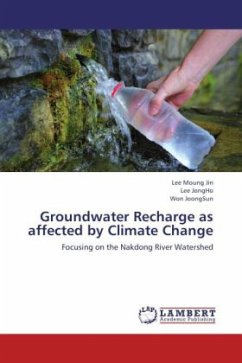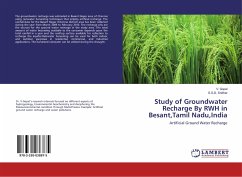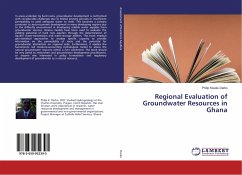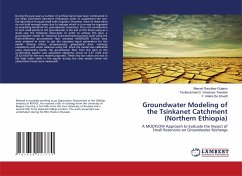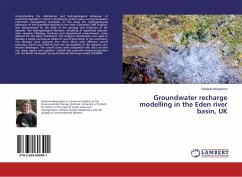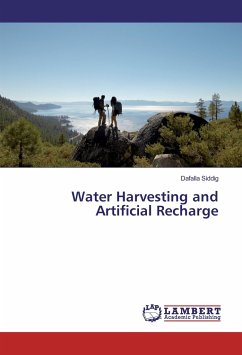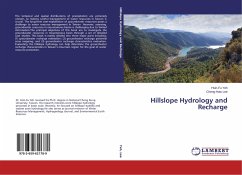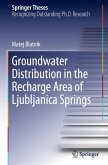The main purpose of this paper is presents a physically based methodology that can be used to characterize both the temporal and spatial effect of climate change on groundwater recharge on a watershed scale as affected by climate change, to estimate changes in the groundwater recharge rate in their temporal and spatial aspects, and compared to observed data from the national groundwater observation network. The paper also evaluates changes in the groundwater recharge quantity as affected by climate change using the meteorological data (precipitation and temperature). The method, based on the hydrologic model HELP3, can be used to estimate potential groundwater recharge at a regional scale with high spatial and temporal resolution. An equation of regression analysis to define a correlation among precipitation, temperature, and recharge rates is defined. The groundwater recharge rate in this research showed susceptibility to changes in precipitation.
